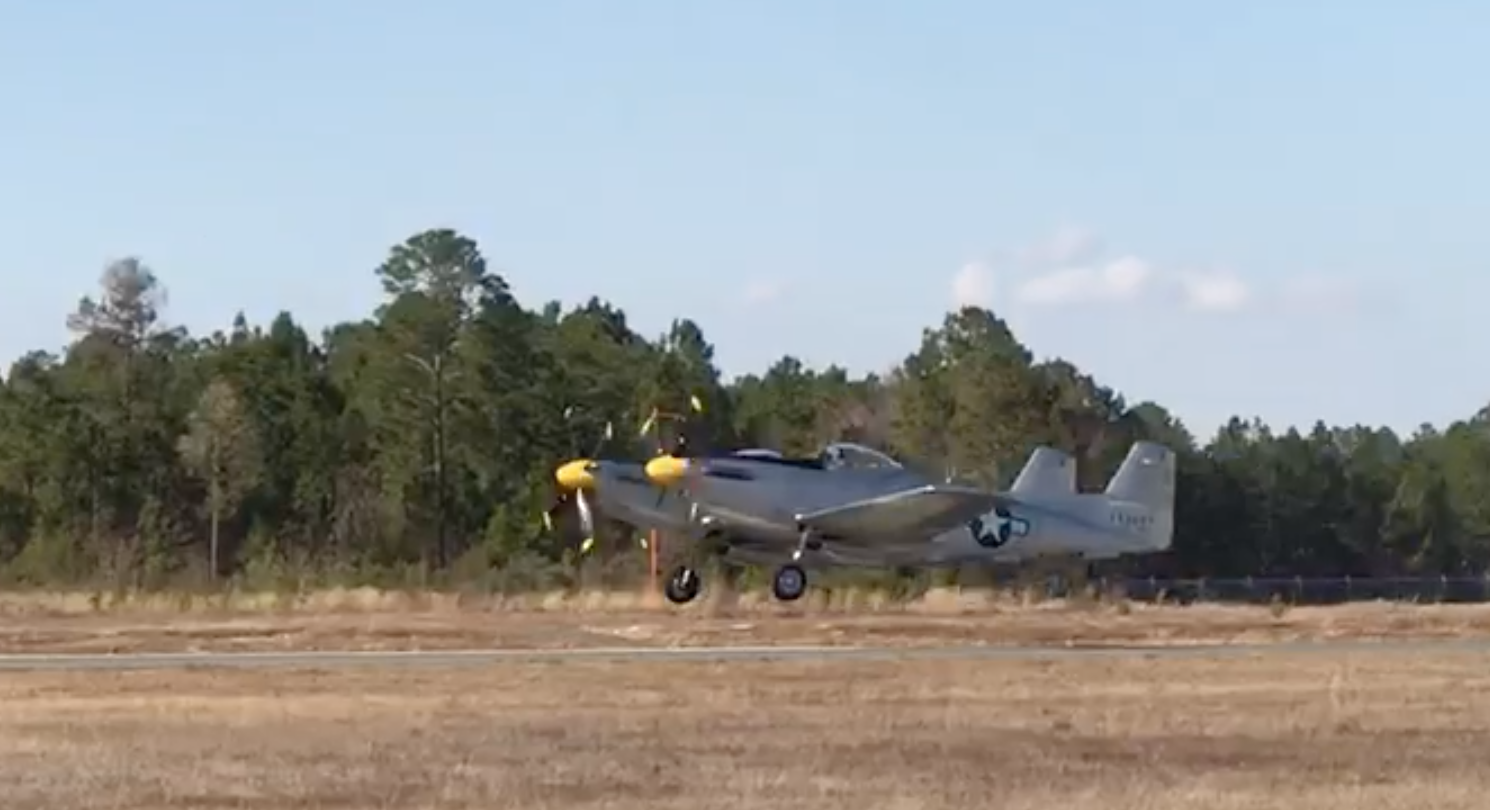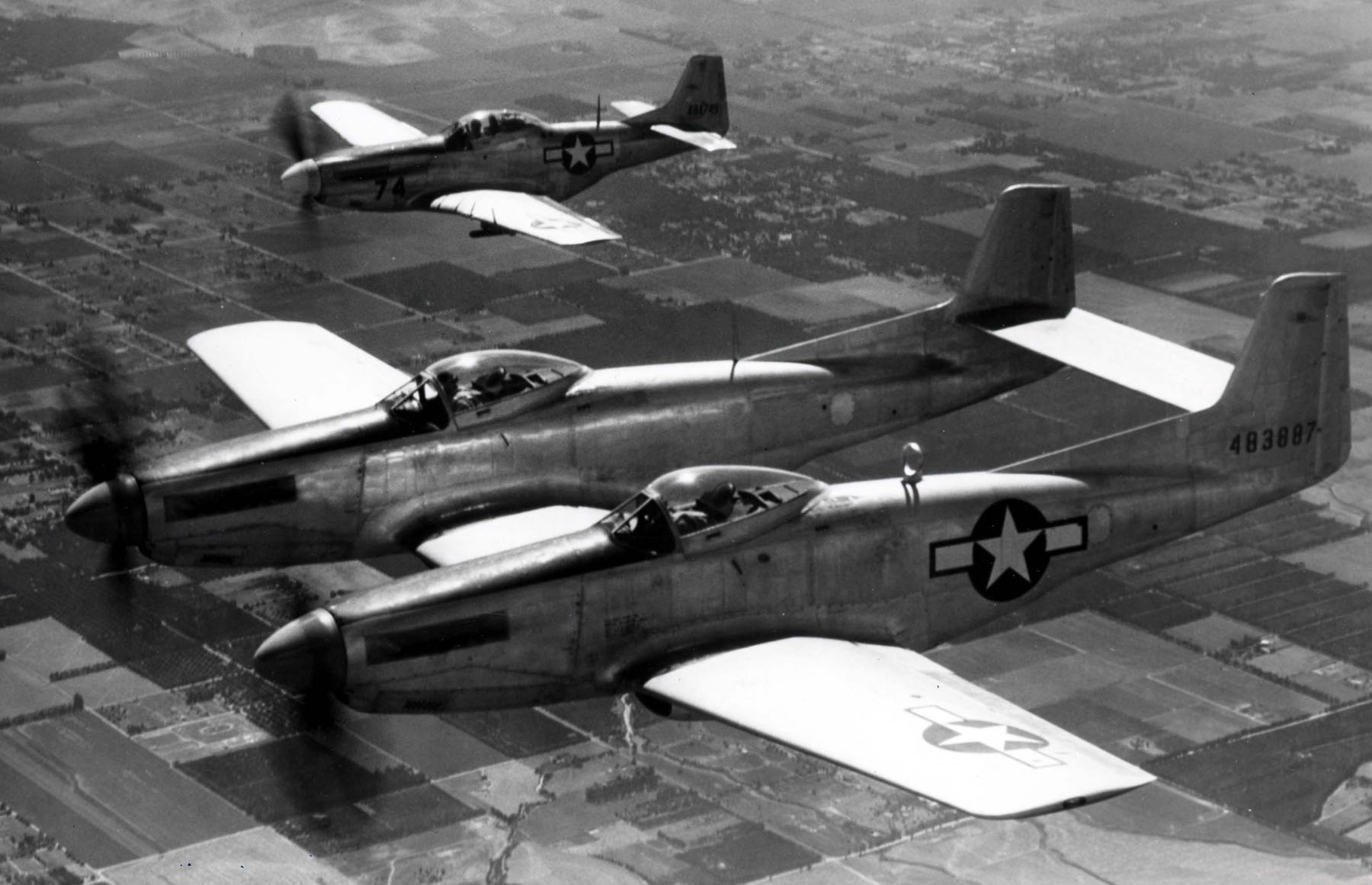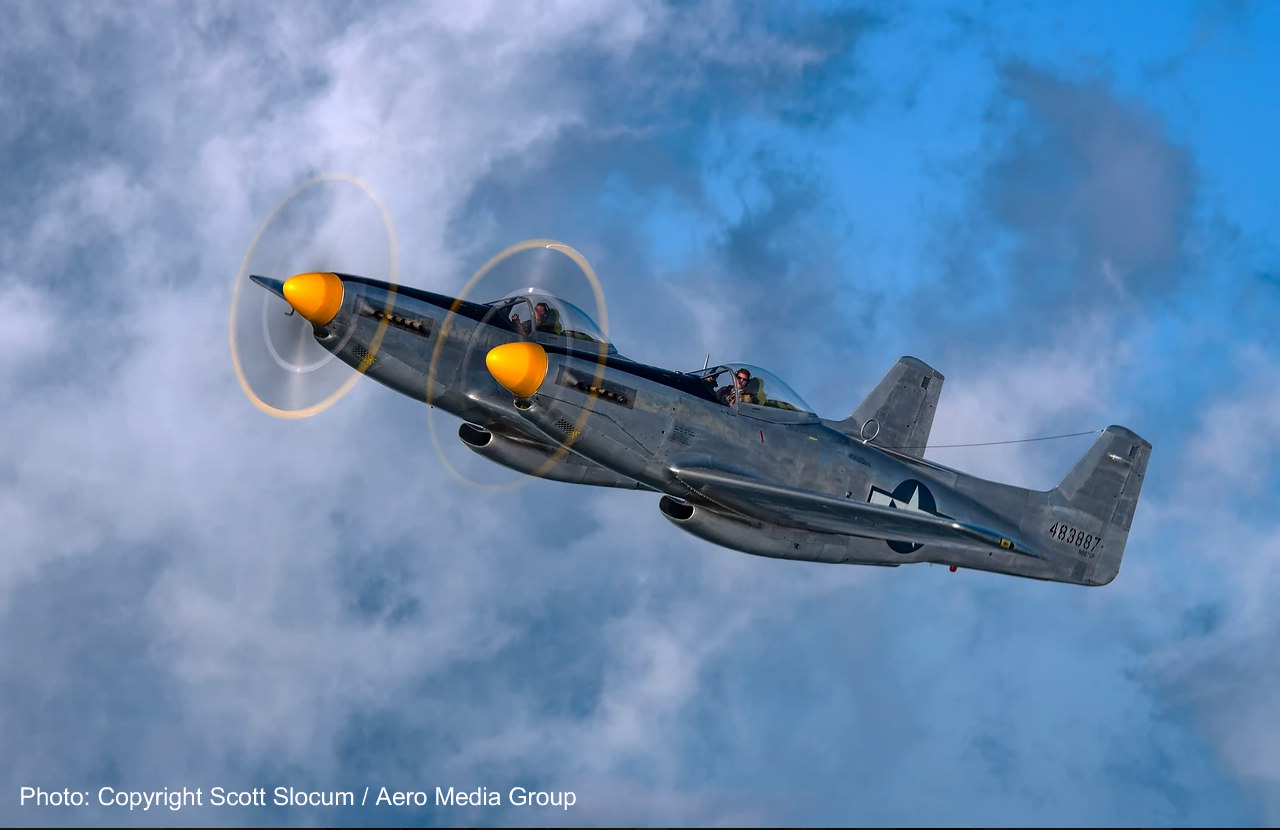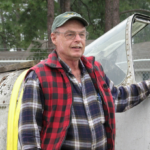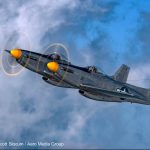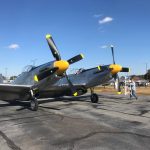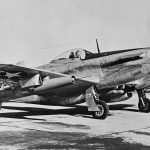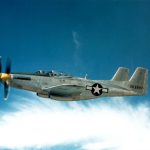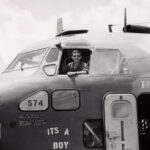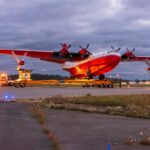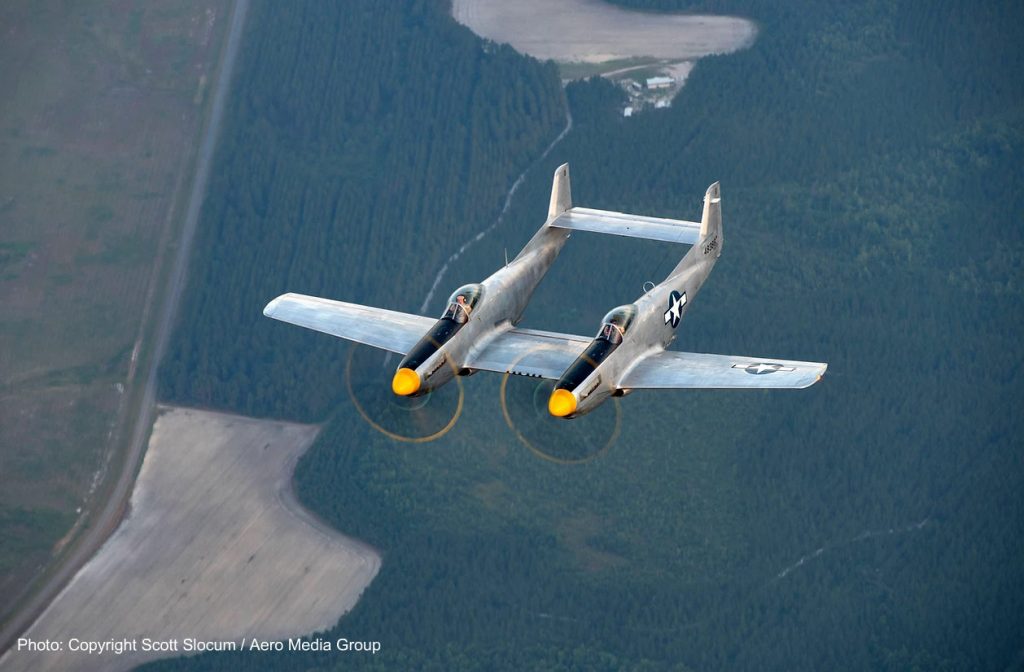
Tom Reilly is a seasoned expert in warbird restoration. He previously owned the Flying Tigers Warbird Restoration Museum in Kissimmee, Florida, until Hurricane Charlie devastated the facility in 2004. Currently, he leads The B-25 Group, a company specializing in restoring vintage warbirds to flight. Reilly is also sought after for warbird appraisals, which is how he came to acquire the Twin Mustang.
Though Tom had never been particularly interested in fighter planes, a visit to Walter A. Soplata—a passionate collector of anything with wings—in the early 1990s changed that. Reilly was assisting with the valuation of Soplata’s aircraft collection for IRS purposes when he stumbled upon a North American F-82 Twin Mustang. Instantly captivated by the plane, he expressed interest in purchasing it, but lacked the funds at the time. In 1997, after selling a B-25 and finding himself with the necessary cash, Tom reached out to Walter to inquire about the F-82, only to discover it had been sold just two days earlier. Disappointed, Reilly resigned himself to the idea that he would never own the plane of his dreams.
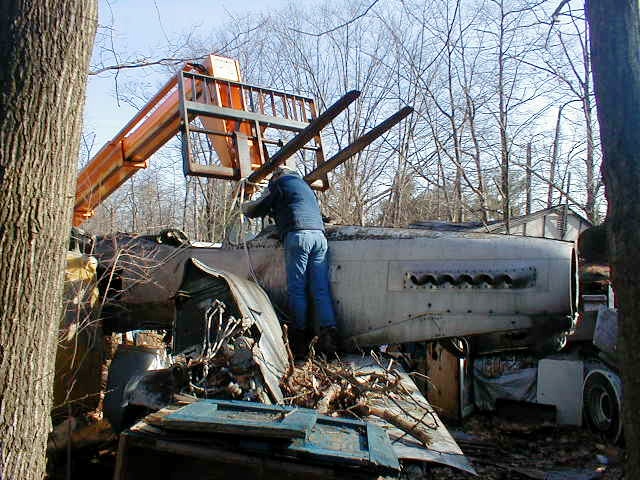
(Image Credit: XP-82 Restoration Project)
Despite this setback, Tom continued working with the Soplatas, and later that same year, while appraising a Republic F-84 Thunderstreak at their Ohio home, he discovered what appeared to be a Mustang fuselage buried under some corrugated metal sheeting. When he mentioned it to Walter, he was surprised to learn that it was actually a prototype for the Twin Mustang. Though Walter wasn’t ready to sell, he promised Tom the first option when the time came. With visions of restoring the Twin Mustang, Reilly began searching for parts and investors for what would inevitably be a costly restoration project. The XP-82, serial number 44-83887, was one of only two prototypes for the series, and early production models with dual controls were extremely rare. After just 20 production planes, the design was modified to have single-cockpit pilot controls, with weapons and radar control in the second cockpit due to the military’s changing needs after World War II.
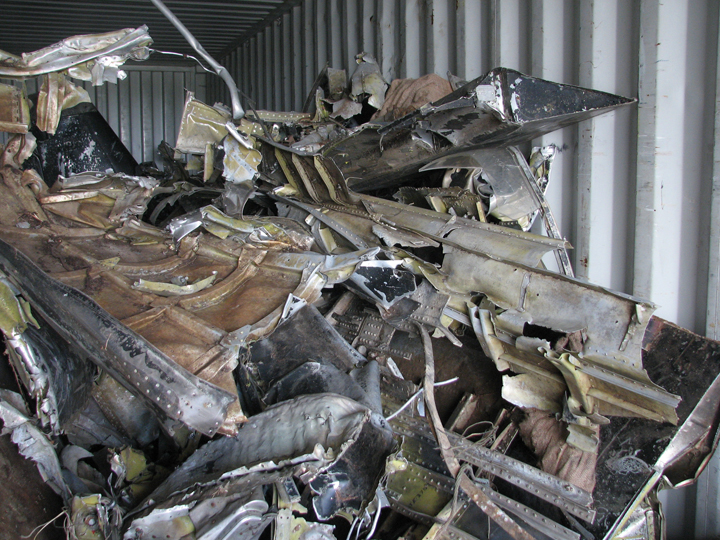
(Image Credit: XP-82 Restoration Project)
Even without a deal in place or a clear idea of the costs involved, Reilly scoured the globe for parts that would fit this unique aircraft. Leveraging his extensive network within the warbird restoration community, he located a crashed F-82 in Alaska and several other parts in South Florida. Tom secured conditional agreements to hold these parts, ensuring that if he could purchase the fuselage and other P-82 parts from the Soplatas, he would have nearly a complete P-82.
In April 2008, the Soplatas finally called, and Reilly quickly traveled to Ohio to negotiate the purchase. By July, the restoration project was in full swing. One of the biggest early challenges was finding a left-hand-turning Merlin engine and propeller for the second fuselage. Remarkably, a brand-new engine was discovered in Mexico City, and Tom enlisted Vintage V-12s of Tehachapi, California, to rebuild both a right-hand and a left-hand turning engine. He also hired MT Propeller of Germany to build two composite propellers, one left and one right.
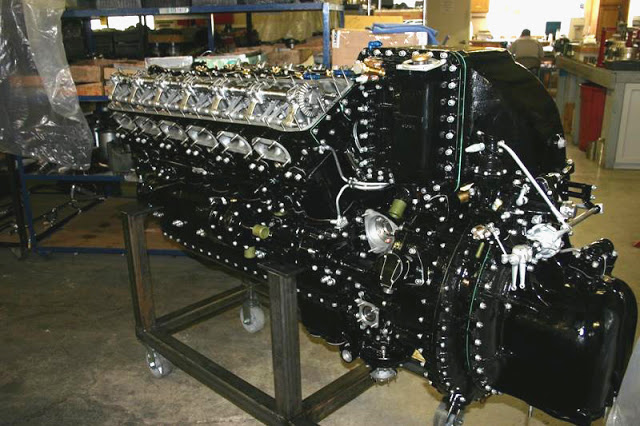
(Image Credit: XP-82 Restoration Project)
Finding the second cockpit with flight controls proved to be a significant challenge, but piece by piece, Tom has managed to locate what’s needed. Despite the difficulties, through perseverance and sheer luck, he brought the XP-82 back to flying condition. Fabricating parts from scratch when necessary, Tom and his team have transformed what was once a collection of parts and a pile of scrap into what will soon be a pristine example of a plane many believed could never be restored.
